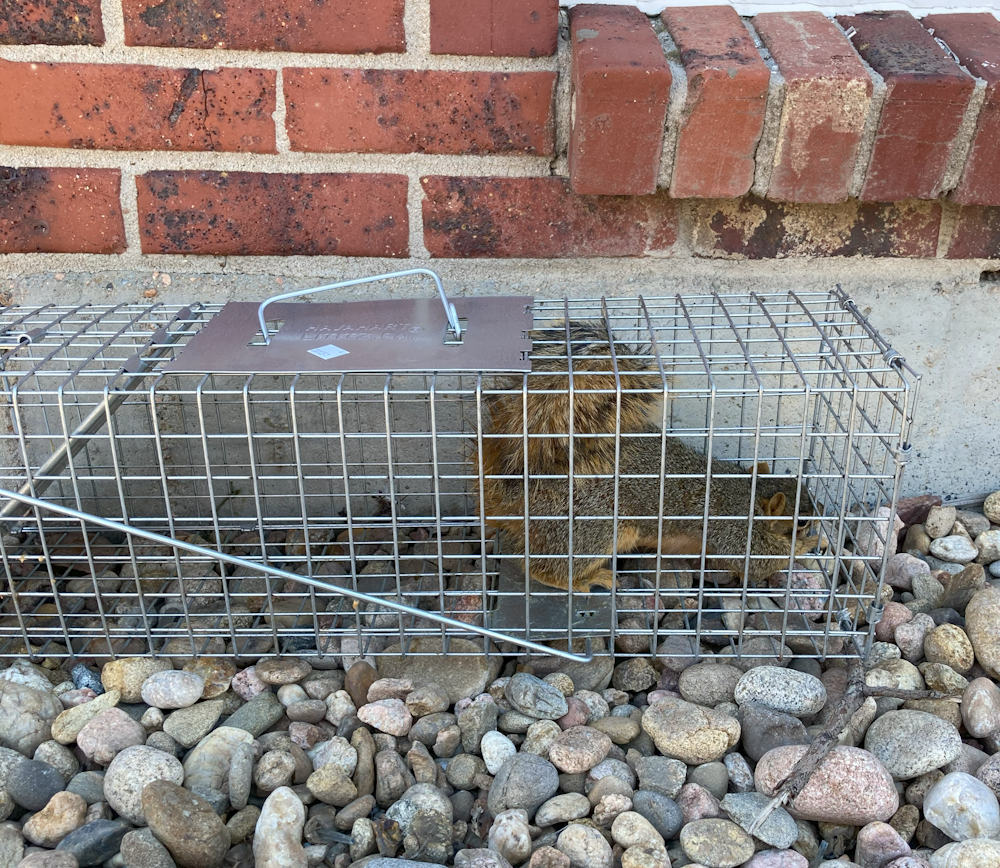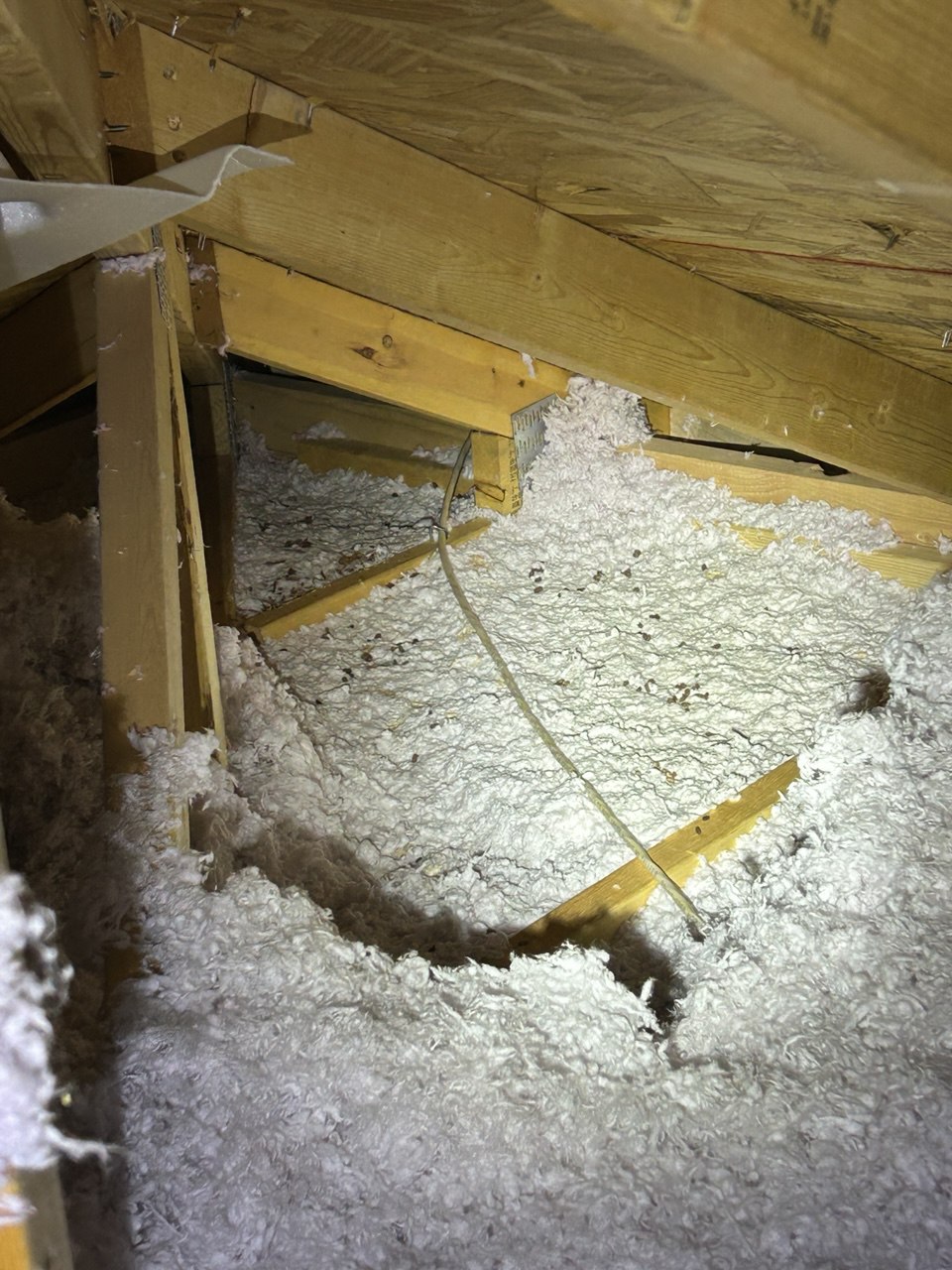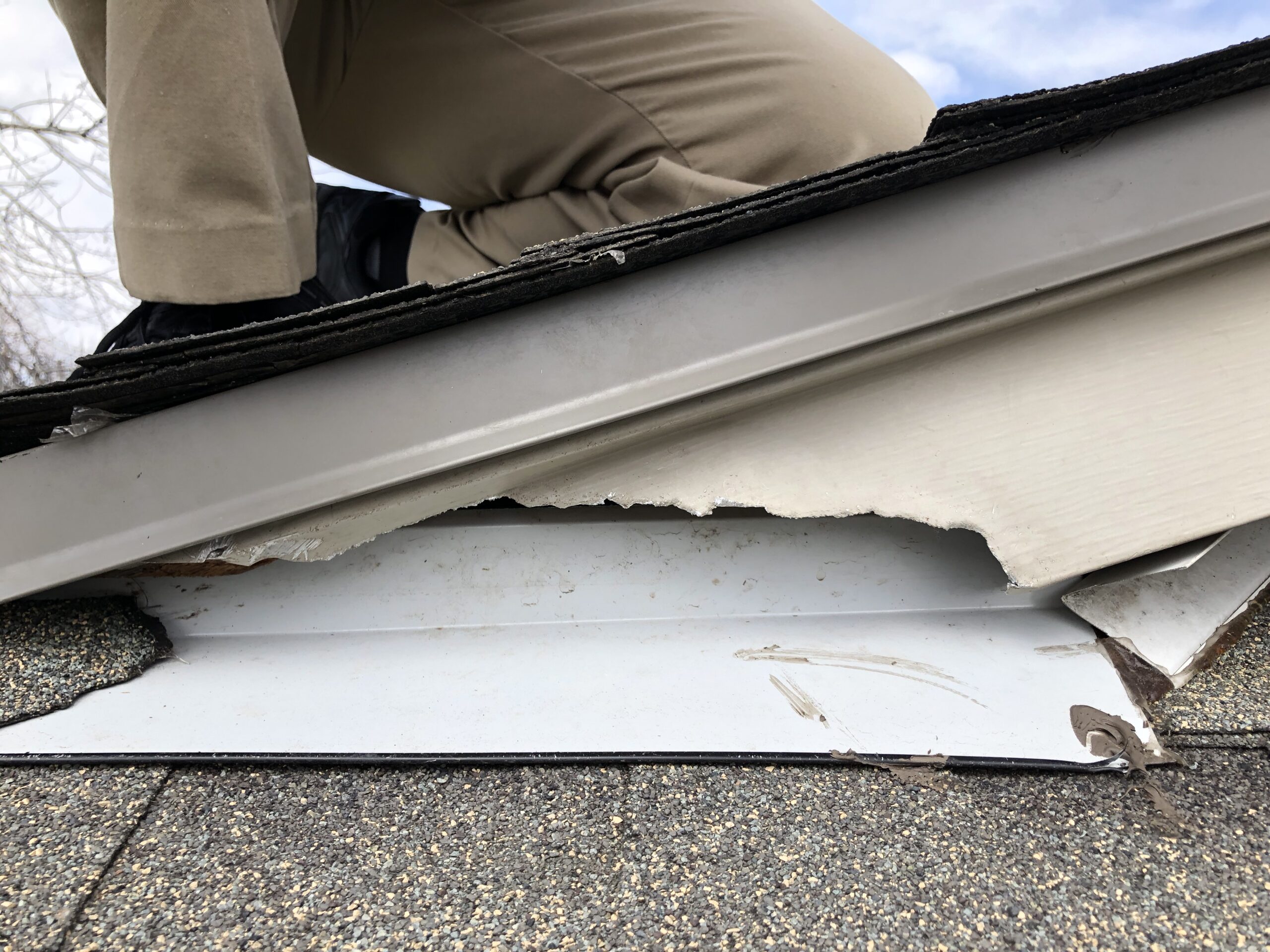Our Squirrel control Services

Squirrel trapping is essential for managing nuisance squirrels in the attic, as it helps prevent damage to insulation, wiring, and structural components of the home. By effectively controlling their population, we protect your property from potential health risks and costly repairs associated with infestations.

After we successfully remove squirrels from your attic, it’s crucial to address any damage they may have caused to prevent further issues such as insulation loss or pest infestations. Our team specializes in squirrel damage repairs, ensuring your home is secure and comfortable for years to come.

It’s crucial to ensure squirrels can’t return after removal by implementing effective squirrel proofing and exclusion measures. This not only protects your home from future infestations but also helps maintain a safe and healthy living environment for you and your family.
5 Step wildlife Removal Process



Frequent asked questions
Squirrels chew through roof edges, soffits, vents, and even metal flashing to get inside. They only need a small gap to start, and once they’re in, they’ll keep widening the hole. If one got in, others can too unless it’s sealed properly.
Squirrels are most active just after sunrise and again before sunset. If you’re hearing noise during those times, it’s probably them. That activity window makes them easy to identify compared to other animals.
You’ll hear fast scratching, clawing, rolling noises, or even the sound of nuts being dropped or moved around. It sounds sharp and sudden, not slow or heavy like a raccoon. If it’s happening in the morning or evening, it’s almost always squirrels.
Yes, and they usually hit all three. They chew wires bare, rip apart insulation for nests, and gnaw through rafters or joists. It doesn’t take long before that turns into a fire risk or expensive repair.
They build nests out of insulation, leaves, shredded cardboard, and anything they can carry. The nest is usually tucked into a dark corner or near a vent. You’ll often find urine-soaked insulation and piles of droppings nearby.
They’re not afraid to bite or scratch if cornered. A trapped squirrel can tear up ductwork, drywall, or wiring trying to escape. This is not something to handle without the right tools and training.
Their droppings and urine contaminate insulation and can carry bacteria and parasites. They also bring fleas and ticks into the attic, which can spread to pets or people. Breathing in dust from dried feces is a real risk over time.
If the noises stop for more than a few days, they may be gone—but that’s not a guarantee. They often leave during the day and come back at night to sleep. We check for fresh droppings, trails, and any signs of recent chewing to confirm it.
Yes, when used correctly, one-way doors let squirrels leave and stop them from getting back in. But if babies are still inside, the mother will tear up the house trying to get back to them. Timing and inspection matter before using them.
You have to seal every entry point with materials they can’t chew through. Vents need covers, and any weak spots around the roof must be reinforced. Without prevention work, they’ll come right back to the same spot.

100% Satisfaction Guaranteed